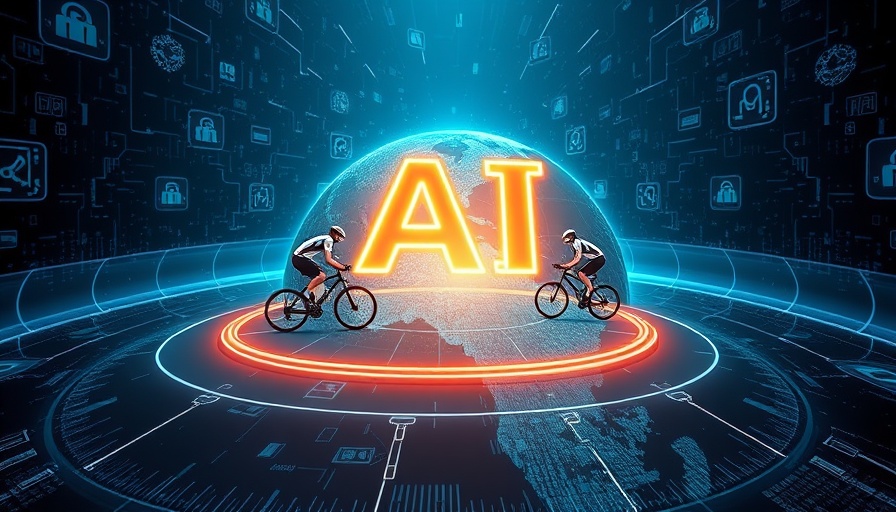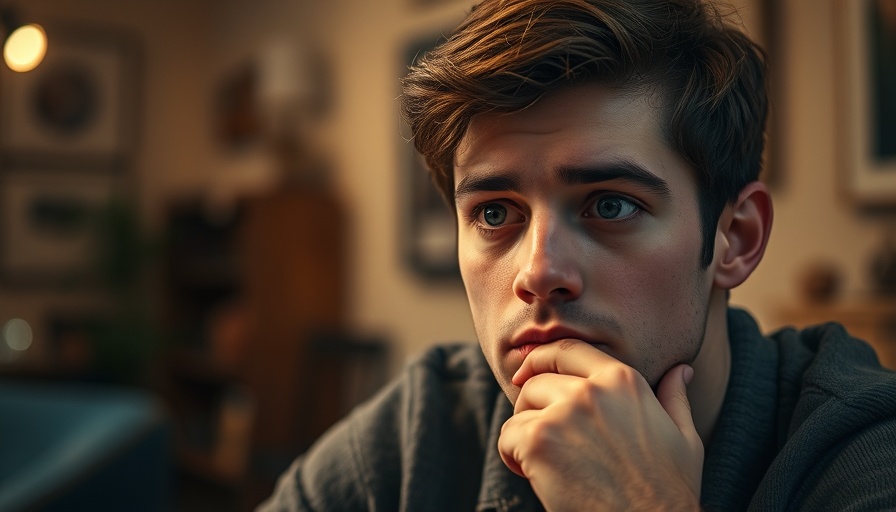
Can Machines Recreate the Essence of 'You'?
In the ever-evolving landscape of artificial intelligence, the question of whether machines can faithfully recreate our likeness has become a fascinating inquiry. Enter the realm of AI twin generators—a technology that promises to generate a digital version of ourselves based on various inputs like selfies and childhood photos. But can these machines surpass mere image replication and truly capture our essence?
The Allure of Digital Twins
AI twin generators tantalize us with the opportunity to see ourselves reflected in ways we’ve never imagined. This curiosity drives experimentation, as people seek not only to fulfill vanity but also to experience self-reflection through art. Whether you envision yourself in a medieval setting or caught in a glitchy, dystopian aesthetic, such platforms unleash creativity while helping you explore identity. The blend of technology and personal reflection taps into a deep-seated human desire to understand how we are perceived by the world.
The Technical Underpinnings
So, how does this technology work? AI twin generators leverage sophisticated neural networks, which utilize style transfer and training algorithms to analyze and reconstruct facial features. Users feed these systems an array of reference images, and through machine learning, they produce representations that are both familiar and artistic. Striking the right balance in input is crucial; too few images lead to a generic result, while excessive data could overwhelm the system and yield rigid clones lacking personality. The most effective platforms allow for creative exploration while retaining fidelity to the user’s likeness.
Challenges and Limitations
As much as AI twin generators can capture the superficial aspects of our appearance, they often miss the nuances that make us unique. Elements like the spark in our eyes or the subtle asymmetry of a smile elude even the most sophisticated algorithms. This limitation isn’t merely technical; it highlights the essential differences between humans and machines. While AI can replicate forms, it struggles with the depth of character.
Experimentation with AI Art
The fun really begins when we push the boundaries of AI twin generators. Some platforms offer more freedom than others, allowing users to venture beyond conventional and heavily filtered outputs. Imagine providing an AI with a prompt to create an outrageous version of yourself in a fantasy realm—this can lead to engaging artistic endeavors that keep the essence of individuality intact while exploring wild concepts.
Looking Ahead
While AI can technically recreate a likeness, the emotional resonance remains subtly out of reach. Nevertheless, the emerging trend of AI-generated replicas opens up discussions about digital identity and representation. As technology evolves, we may find tools that begin to understand and represent aspects of our personalities in ways that resonate more deeply. For now, the journey through AI-generated likenesses offers a kaleidoscope view—a reflection of self that is playful, abstract, and at times, disturbingly accurate.
Actionable Insights: Exploring Your Digital Twin
If you're intrigued by AI twin generators, consider experimenting with one yourself. Find platforms that allow for customization and creative flair. Take a moment to reflect on what these representations reveal about your identity and societal perceptions. Engage with the technology not just for fun but as a conduit for understanding yourself better in our increasingly digital world.
Closing ThoughtsCan machines recreate “you”? Technically yes, but they cannot capture your emotional essence—yet. As we navigate this merging of technology and human identity, it’s an invitation to explore who we are in this evolving digital age.
 Add Row
Add Row  Add
Add 




Write A Comment